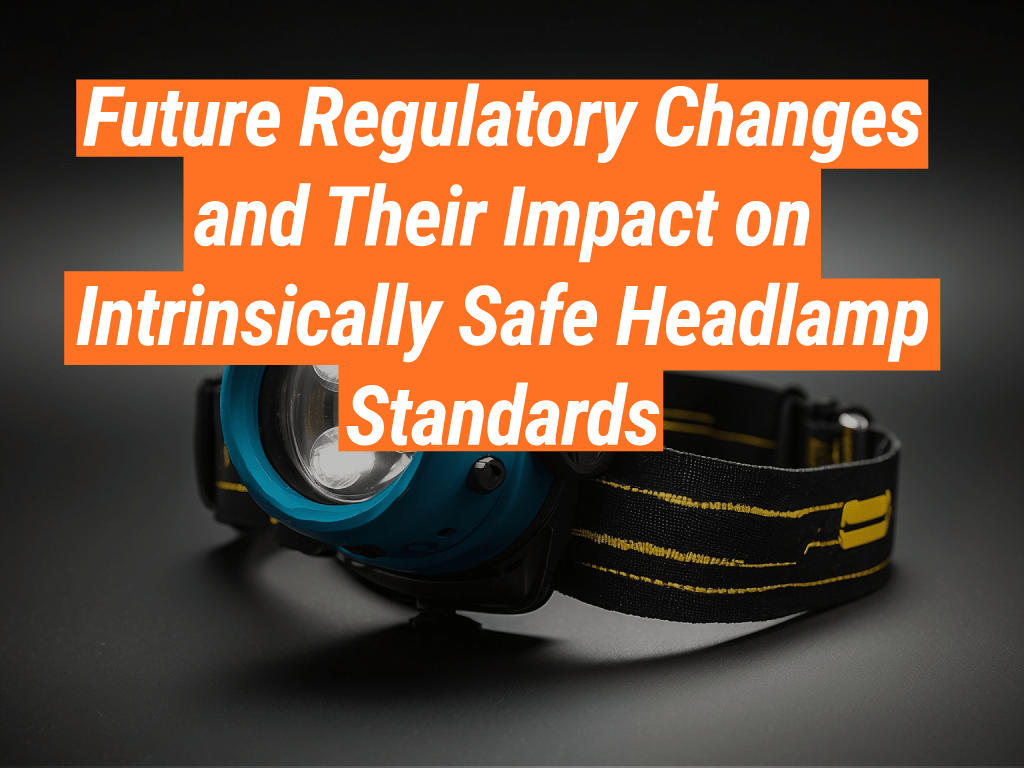Welcome to Intrinsically Safe Store, your one-stop-shop for all safety equipment needs. We are dedicated to providing you with the latest information on safety standards and regulations. Today, we delve into the future regulatory changes and their impact on intrinsically safe headlamp standards. Visit our website for more information.
Understanding Intrinsically Safe Headlamps
Intrinsically safe headlamps are essential safety equipment in hazardous environments. They are designed to operate safely in potentially explosive atmospheres without causing ignition. These headlamps are subject to rigorous testing and must meet specific safety standards and regulations.
Current Regulatory Standards
Currently, intrinsically safe headlamps must comply with standards set by regulatory bodies such as the International Electrotechnical Commission (IEC) and the American National Standards Institute (ANSI). These standards ensure that the headlamps are safe to use in hazardous environments.
Anticipated Regulatory Changes
As technology advances, so do safety standards. Regulatory bodies are constantly reviewing and updating their guidelines to ensure they reflect the latest safety and technological advancements. Here are some anticipated changes:
- Improved Battery Safety: Future regulations are likely to place more emphasis on battery safety, particularly regarding overcharging and overheating.
- Enhanced Light Output: As LED technology improves, regulations may require higher minimum light output levels for headlamps.
- Increased Durability Standards: Future standards may require headlamps to withstand more rigorous physical and environmental conditions.
Impact of Regulatory Changes on Intrinsically Safe Headlamp Standards
These anticipated regulatory changes will significantly impact intrinsically safe headlamp standards. Manufacturers will need to adapt their designs to meet the new requirements, which could lead to safer, more efficient headlamps. However, these changes may also increase manufacturing costs, which could be passed on to consumers.
Case Study: Impact of Regulatory Changes on Other Safety Equipment
Looking at other safety equipment can give us an idea of how regulatory changes might impact intrinsically safe headlamps. For example, when regulations for intrinsically safe flashlights were updated to require higher light output, manufacturers had to redesign their products. This led to safer, more efficient flashlights, but also increased manufacturing costs.

Preparing for the Future
Staying informed about future regulatory changes is crucial for both manufacturers and consumers of intrinsically safe headlamps. Manufacturers need to be ready to adapt their designs, while consumers need to be prepared for potential price increases.
Future regulatory changes will undoubtedly impact intrinsically safe headlamp standards. While these changes are likely to lead to safer, more efficient headlamps, they may also increase costs. By staying informed, manufacturers and consumers can prepare for these changes and continue to prioritize safety in hazardous environments.
For more information on intrinsically safe headlamps and other safety equipment, visit Intrinsically Safe Store. If you have any questions or need further assistance, don’t hesitate to contact us.


